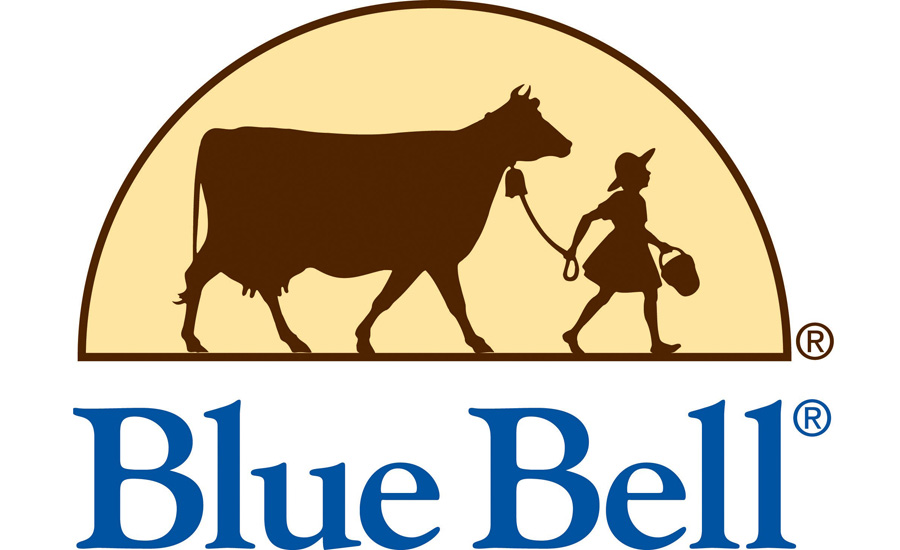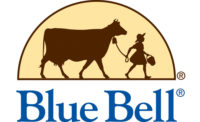There is finally some good news for fans of Texas-based Blue Bell Creameries ice cream. After a Listeria outbreak at the company’s production facilities forced a national recall, the Blue Bell said last week it will begin distributing ice cream to select markets on August 31.
“Over the past several months, we have been working to make our facilities even better and to ensure that everything we produce is safe, wholesome and of the highest quality for you to enjoy,” says Ricky Dickson, vice president of sales and marketing for Blue Bell. “This is an exciting time for us as we are back to doing what we love … making ice cream.”
Blue Bell notified FDA and state health officials in Alabama and Texas of its plan to re-enter select markets on a limited basis.
Production at all the company’s shut-down plants remained stalled for months after the recall this past spring, leading to hundreds of layoffs. But the Blue Bell production facility in Sylacauga, AL, began producing ice cream once again in late July. Three additional production facilities in Brenham, TX and Broken Arrow, OK are still undergoing facility and production process upgrades similar to those made at the Alabama plant.
Because of the limited production capacity while producing in one facility, Blue Bell said it will re-enter parts of 15 states in five phases. The first of the five phases includes the Brenham, Houston and Austin, TX areas, as well as parts of Alabama (Birmingham and Montgomery), where the product is being made. The next phases include:
Phase Two: North central Texas and southern Oklahoma
Phase Three: Southwest Texas and central Oklahoma
Phase Four: The majority of Texas and southern Louisiana
Phase Five: The rest of Alabama, Oklahoma and Texas, as well as beginning distribution in Arkansas, Florida, northern Louisiana and Mississippi. This phase will also include parts ofs: Georgia, Kentucky, Missouri, New Mexico, North Carolina, South Carolina, Tennessee and Virginia.
Blue Bell will move on to each phase based on product availability and when it can properly service the customers in an area. With the exception of phase one, no dates have been determined for when each expansion will take place.
Texas-based Blue Bell issued a nationwide recall and stopped production at all its plants earlier this year after some of its ice cream products were linked to an outbreak of Listeriosis. CDC confirmed 10 people in four states had Listeriosis related to the outbreak. Five individuals were patients treated at a single hospital in Kansas who were served ice cream from Blue Bell’s single-serving products and milkshakes made from these products. Three deaths also have been reported. Listeriosis did not cause the deaths, though it may have been a contributing factor, according to Kansas health officials.
Since the recall was initiated, Blue Bell has collected approximately 8 million gallons of ice cream and ice cream products. The voluntary recall included all Blue Bell ice cream, frozen yogurt, sherbet and frozen shakes. Blue Bell distributed the products to approximately 23 states in the US, including many in the South and Midwest.
In June, Blue Bell identified the possible source of Listeria at its Oklahoma plant as unprotected equipment stored in a room classified as non-sanitary. However, it was unable to pinpoint a single source of contamination at either its Alabama or Texas facility.
Blue Bell has updated its company commitment to ensure customers its products are consistently safe and of a high quality. The company says it has upgraded its procedures and employee training and has adopted the same overall philosophy at all facilities to include:
-Enhanced manufacturing procedures
-Increased focus on sanitation and cleaning
-Retained an independent microbiology expert for ongoing evaluation of procedures and facilities
-Implemented a “test and hold” procedure, where production runs will be tested and held until results are received before being distributed to market
-Entered into voluntary agreements with the Alabama Department of Public Health; the Oklahoma Department of Agriculture, Food and Forestry; and the Texas Department of State Health Services.




